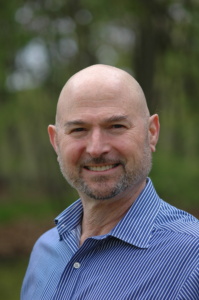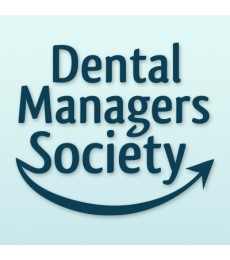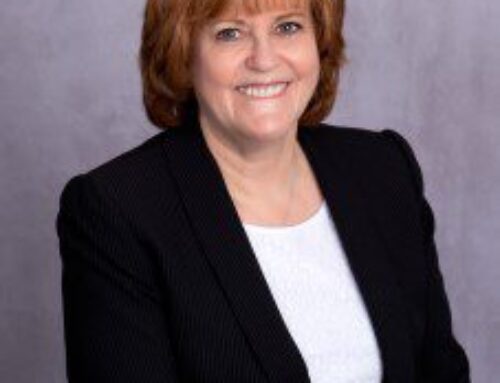The practice manager from small private practice, operations director from a large private practice, and the VP of ambulatory operations for a large medical system shared their insights recently on how they restored patient visits to pre-COVID levels without compromising on the extra safety measures put in place.
Here are the key (and surprising) takeways:
- Large efficiency gains result from pre-visit screening!
- Doctors CAN keep to schedule, and patients now know it
- Patient satisfaction has gone UP!
- This is an opportunity to start thinking about how to deliver healthcare differently.
- Your assumptions about your patients wishes are likely wrongWe asked Leah Arteaga, practice manager for New England Ear, Nose and Throat (2 physicians), Sharon Brown, Director of Operations for Ophthalmic Consultants of Boston (64 physicians) and Kelly Fanning , VP of Ambulatory Services and Patient Experience at Brigham Health (the ambulatory division of Brigham and Women’s Hospital, with 187 practices) to discuss how they restored patient visits to pre-COVID levels despite all the changes made to keep patients, staff and physicians safe.
In a spirited discussion, they shared how they manage and minimize patient time in the office, how televisits are incorporated in their practices, changes to workflow, and how all of these have kept or restored their practice finances. They also talk about the positive, unexpected results and which changes they anticipate keeping even after the pandemic has passed.
Here are the major ‘pearls’ from the discussion.
Large efficiency gains result from pre-visit screening:
To minimize the potential for patients to interact in the waiting room, practices have moved much of the visit information exchange to a phone call 1-2 days before the appointment. Staff calls the patient, gathers information, fills out forms, answers questions about the visit and sets patient expectations. Patients ask questions and raise the concerns for the visit, and this information is entered into the chart.
Once at the practice, patients spend minimum time in the waiting room before being moved to exam rooms as appropriate. Formerly, patients often answered the same questions multiple times – on a questionnaire, by a nurse practitioner, then finally by a doctor. No longer. Because the answers and concerns are already in the chart, the doctor can review them beforehand. Patients are having fewer and more productive interactions with doctors and staff, in less time.
Doctors CAN keep on schedule, and patients now know it:
Many practices had used double booking to mitigate the impact of last-minute cancellations and no-shows. When combined with some patients requiring more of the doctor’s time than expected, its no surprise that doctors chronically ran late.
Practices have eliminated double booking and now schedule patients further apart to minimize their interaction in the office and to allow time for more cleaning. They fill some of the gaps with televisits. Proactive practices remind their patients of the importance of arriving on time to their own health, and closely monitor arrivals. Patients who have not arrived within a few minutes of the appointment are called to determine if they are coming and when. This real-time information enables the practice to call patients on a wait list or set up an impromptu televisit. Patients present in the office are finding their appointments kept largely on time.
Having seen that it is possible for doctors to respect their time, patients will never go back to accepting long waits and they will readily leave practices that cannot or will not keep to schedule.
Patient satisfaction has gone UP:
Patients perceive practices to be cleaner than before – perhaps true, perhaps just increased awareness. They see steps being taken to keep them safe. Communication between practice and patient, in both directions, is far greater than pre-pandemic and patients are feeling more attention being paid to their concerns. Some patients are grateful that their doctors are open and able to see them. Others are thrilled to be able to visit their doctor remotely. Finally, keeping to schedule is a major factor. Taken together, patients now feel more respected than they have for a very long time.
This is an opportunity to start thinking about how to deliver healthcare differently:
All panelists agreed that poor workflow in practices has been accepted for too long. Practices ran the way they did because they had always run that way. Change was always perceived as riskier than the status quo. But the coronavirus forced change on everyone. Practices had no choice but to quickly change and this swiftness of change resulted in a ‘change mindset’, an openness to trying new things, and a recognition that not everything needs to be perfect when rolled out. Try something, then quickly abandon what doesn’t work and modify and improve what does work. That’s what the most innovative industries in our economy do.
While it should not have required a pandemic to remind us that we can do better, the pandemic was the perfect disruptor – change is now completely accepted by both practitioners and patients. Use this moment to restructure the way you deliver healthcare.
Your assumptions about your patients are likely wrong:
Some practice’s patients enthusiastically accepted tele-visits. Others saw complete resistance. One could not predict accurately.
The large ophthalmology practice with an elective surgery component was surprised to discover that the patients who are willing to come in now for an evaluation are the ones who will want to go forward with surgery, much more so than those who had had their surgeries postponed. This likely applies to other elective surgery specialties.
Contact us to see how we might help keep your practice as healthy as you keep your patients.
 Ken Stern is President of Great Practices, LLC which helps doctors in private practice collect more of what they are owed, stay compliant, and in general reduce the effort involved in running their office operations. During the pandemic, he is busy helping practices restore their finances while maintaining the protocols implemented to keep patients, staff and doctors safe.
Ken Stern is President of Great Practices, LLC which helps doctors in private practice collect more of what they are owed, stay compliant, and in general reduce the effort involved in running their office operations. During the pandemic, he is busy helping practices restore their finances while maintaining the protocols implemented to keep patients, staff and doctors safe.
Ken Stern
President
Great Practices LLC
kstern@great-practices.com
o: +1 (800) 324-0804
m: +1 (617) 285-0210
www.great-practices.com





